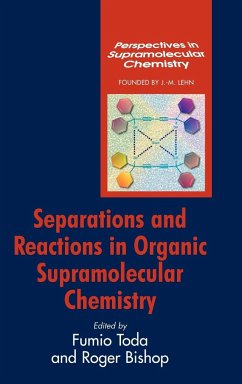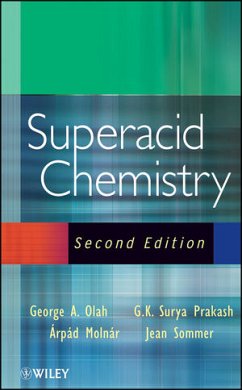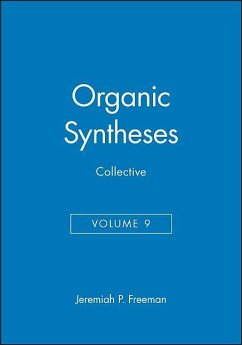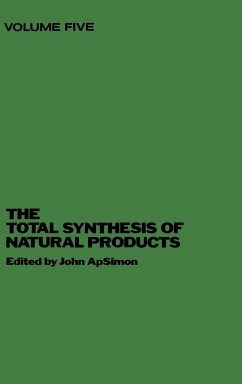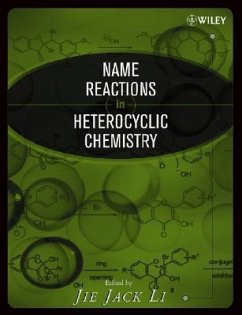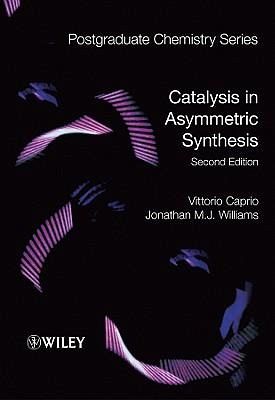
Catalysis in Asymmetric Synthesis
Versandkostenfrei!
Versandfertig in über 4 Wochen
172,99 €
inkl. MwSt.

PAYBACK Punkte
86 °P sammeln!
Asymmetric synthesis has become a major aspect of modern organic chemistry. The stereochemical properties of an organic compound are often essential to its bioactivity, and the need for stereochemically pure pharmaceutical products is a key example of the importance of stereochemical control in organic synthesis. However, achieving high levels of stereoselectivity in the synthesis of complex natural products represents a considerable intellectual and practical challenge for chemists. Written from a synthetic organic chemistry perspective, this text provides a practical overview of the field, i...
Asymmetric synthesis has become a major aspect of modern organic chemistry. The stereochemical properties of an organic compound are often essential to its bioactivity, and the need for stereochemically pure pharmaceutical products is a key example of the importance of stereochemical control in organic synthesis. However, achieving high levels of stereoselectivity in the synthesis of complex natural products represents a considerable intellectual and practical challenge for chemists. Written from a synthetic organic chemistry perspective, this text provides a practical overview of the field, illustrating a wide range of transformations that can be achieved. The book captures the latest advances in asymmetric catalysis with emphasis placed on non-enzymatic methods. Topics covered include: * Reduction of alkenes, ketones and imines * Nucleophilic addition to carbonyl compounds * Catalytic carbon-carbon bond forming reactions * Catalytic reactions involving metal carbenoids * Conjugate addition reactions Catalysis in Asymmetric Synthesis bridges the gap between undergraduate and advanced level textbooks and provides a convenient point of entry to the primary literature for the experienced synthetic organic chemist.






